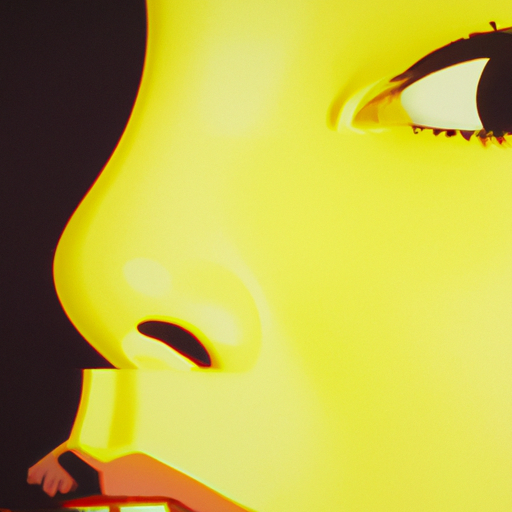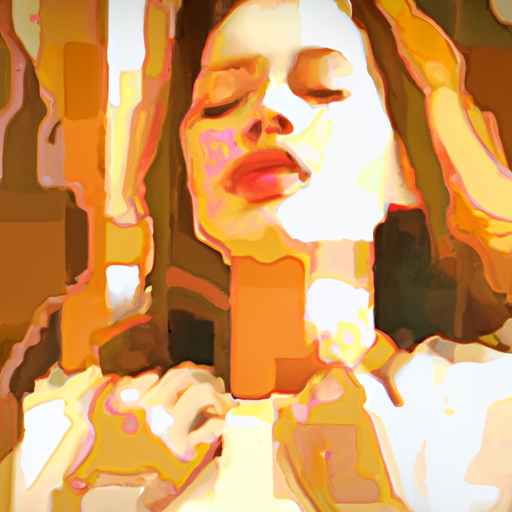
-
Table of Contents
- Mastering Watercolor Textures in Digital Design
- The Beauty of Watercolor Textures
- Creating Realistic Watercolor Textures
- 1. Use High-Quality Watercolor Brushes
- 2. Experiment with Layering and Blending Modes
- 3. Embrace Imperfections
- 4. Incorporate Real Watercolor Elements
- Case Studies: Successful Use of Watercolor Textures
- 1. Airbnb
- 2. Rifle Paper Co.
- Benefits of Using Watercolor Textures
- Summary
Mastering Watercolor Textures in Digital Design

Watercolor textures have become increasingly popular in digital design, adding a touch of creativity and uniqueness to various projects. Whether you are a graphic designer, illustrator, or simply someone interested in digital art, mastering watercolor textures can greatly enhance your work. In this article, we will explore the world of watercolor textures in digital design, providing valuable insights and tips to help you create stunning and realistic watercolor effects.
The Beauty of Watercolor Textures
Watercolor textures offer a distinct and organic look that can bring life and depth to digital designs. The unpredictable nature of watercolor creates beautiful variations in color, texture, and transparency, making it a versatile tool for designers. By incorporating watercolor textures into your designs, you can achieve a hand-painted aesthetic that adds a personal touch and evokes emotions.
Watercolor textures can be used in a wide range of design projects, including illustrations, posters, branding materials, website backgrounds, and more. They can be applied to both digital and print designs, allowing for endless creative possibilities.
Creating Realistic Watercolor Textures
While watercolor textures can be created traditionally using paint and paper, digital tools offer a convenient and efficient way to achieve realistic watercolor effects. Here are some techniques and tips to help you master watercolor textures in digital design:
1. Use High-Quality Watercolor Brushes
When working with watercolor textures digitally, it is crucial to use high-quality brushes that mimic the behavior of real watercolor brushes. These brushes should have the ability to create various textures, strokes, and blending effects. Many design software, such as Adobe Photoshop and Procreate, offer a wide range of watercolor brushes that can be customized to suit your needs.
2. Experiment with Layering and Blending Modes
Layering and blending modes are essential techniques for creating realistic watercolor textures. By layering different colors and adjusting the opacity and blending modes of each layer, you can achieve the desired transparency and depth. Experiment with different blending modes, such as Multiply, Overlay, and Screen, to create unique effects and textures.
3. Embrace Imperfections
One of the charms of watercolor textures is their imperfections. Embrace the natural flow and unpredictability of watercolor by allowing some areas to be less defined or slightly blurred. This will add a sense of authenticity and uniqueness to your designs.
4. Incorporate Real Watercolor Elements
To add an extra touch of realism to your digital watercolor textures, consider incorporating real watercolor elements into your designs. This can be achieved by scanning or photographing actual watercolor paintings or textures and blending them with your digital artwork. This technique adds a tactile quality to your designs and enhances the overall visual appeal.
Case Studies: Successful Use of Watercolor Textures
Let’s take a look at some successful examples of watercolor textures in digital design:
1. Airbnb
Airbnb, the popular online marketplace for vacation rentals, incorporates watercolor textures in their branding materials. The use of watercolor textures adds a sense of warmth, creativity, and personal touch to their designs, aligning with their brand values of uniqueness and personal experiences.
2. Rifle Paper Co.
Rifle Paper Co., a stationery and lifestyle brand, is known for its beautiful watercolor illustrations. The delicate and vibrant watercolor textures used in their designs create a whimsical and nostalgic feel, attracting customers who appreciate handcrafted and artistic products.
Benefits of Using Watercolor Textures
Using watercolor textures in digital design offers several benefits:
- Uniqueness: Watercolor textures add a personal and unique touch to your designs, setting them apart from generic digital artwork.
- Emotional Appeal: Watercolor textures evoke emotions and create a sense of warmth and authenticity, making your designs more relatable and engaging.
- Versatility: Watercolor textures can be applied to various design projects, from illustrations to branding materials, allowing for versatility and creative exploration.
- Visual Interest: The organic and unpredictable nature of watercolor textures adds visual interest and depth to your designs, capturing the viewer’s attention.
Summary
Mastering watercolor textures in digital design opens up a world of creative possibilities. By understanding the beauty of watercolor textures, learning the techniques to create realistic effects, and exploring successful case studies, you can elevate your designs and captivate your audience. Remember to embrace imperfections, experiment with layering and blending modes, and incorporate real watercolor elements to achieve stunning and unique watercolor textures. With practice and experimentation, you can master the art of watercolor textures and create visually captivating digital designs.
